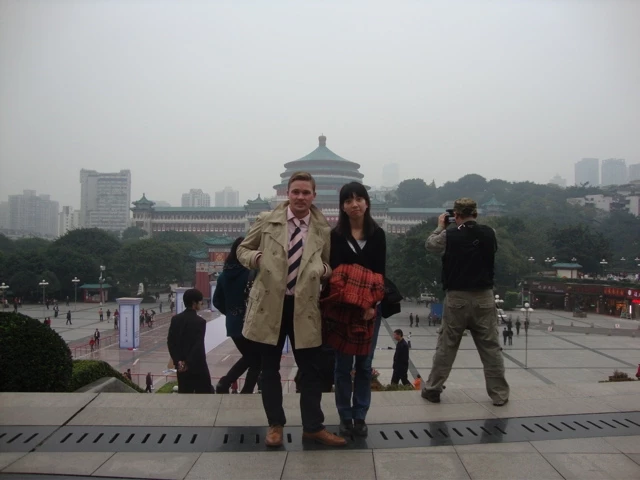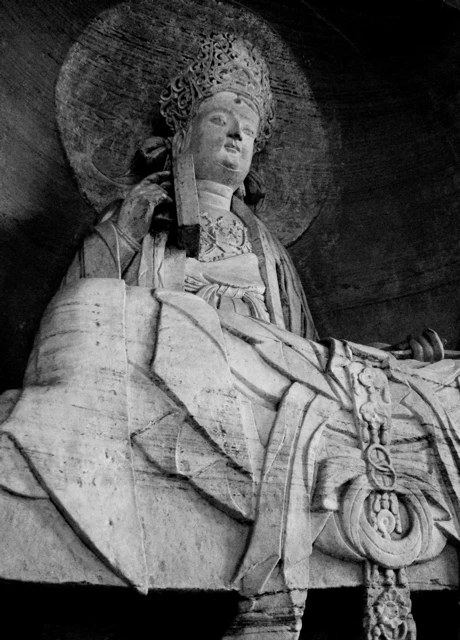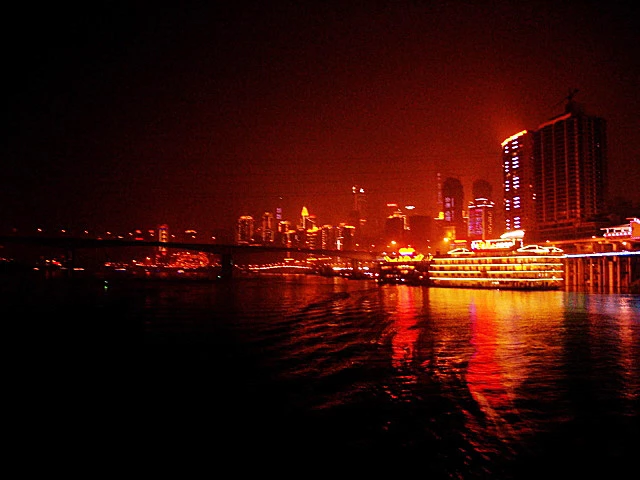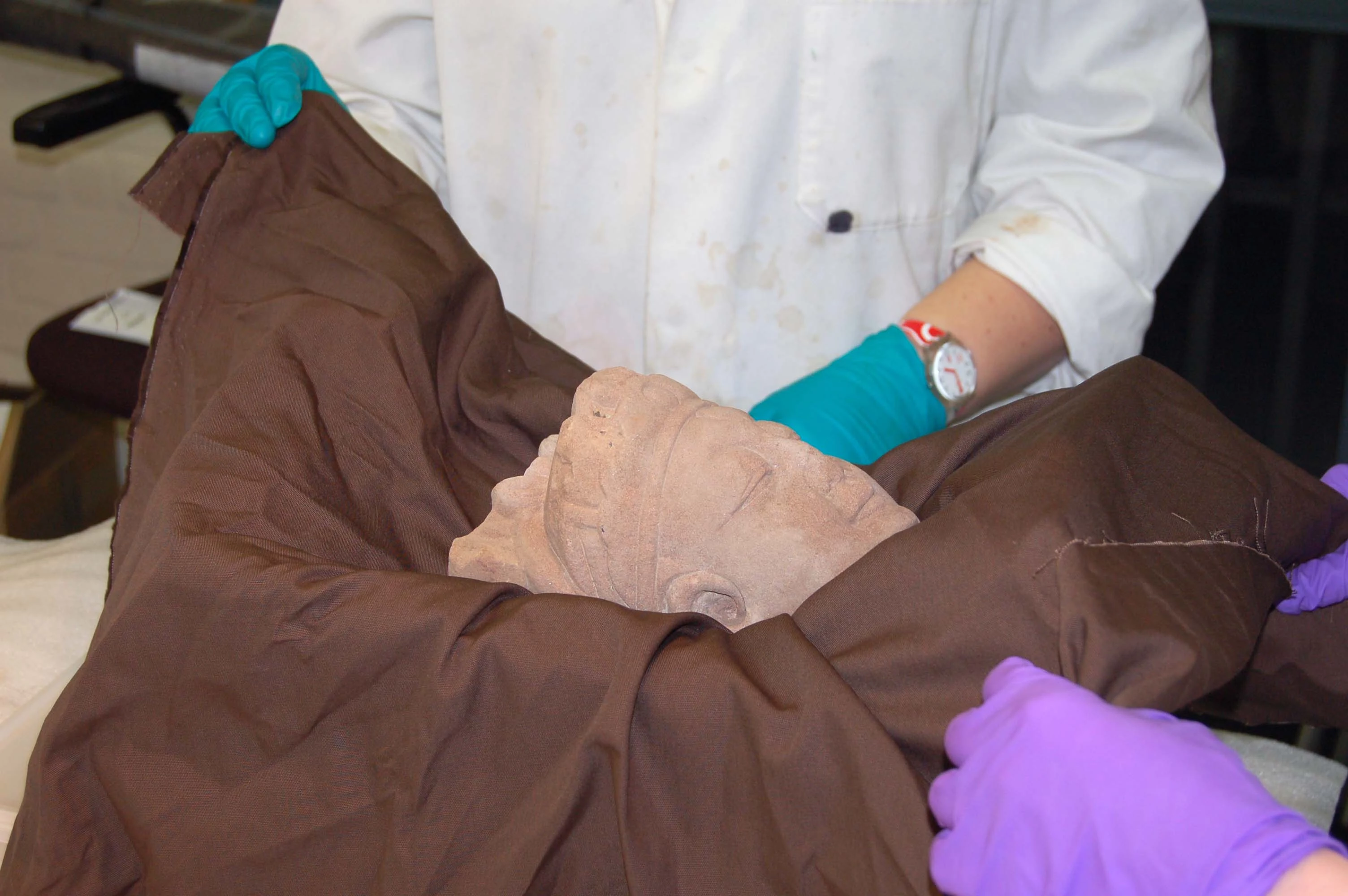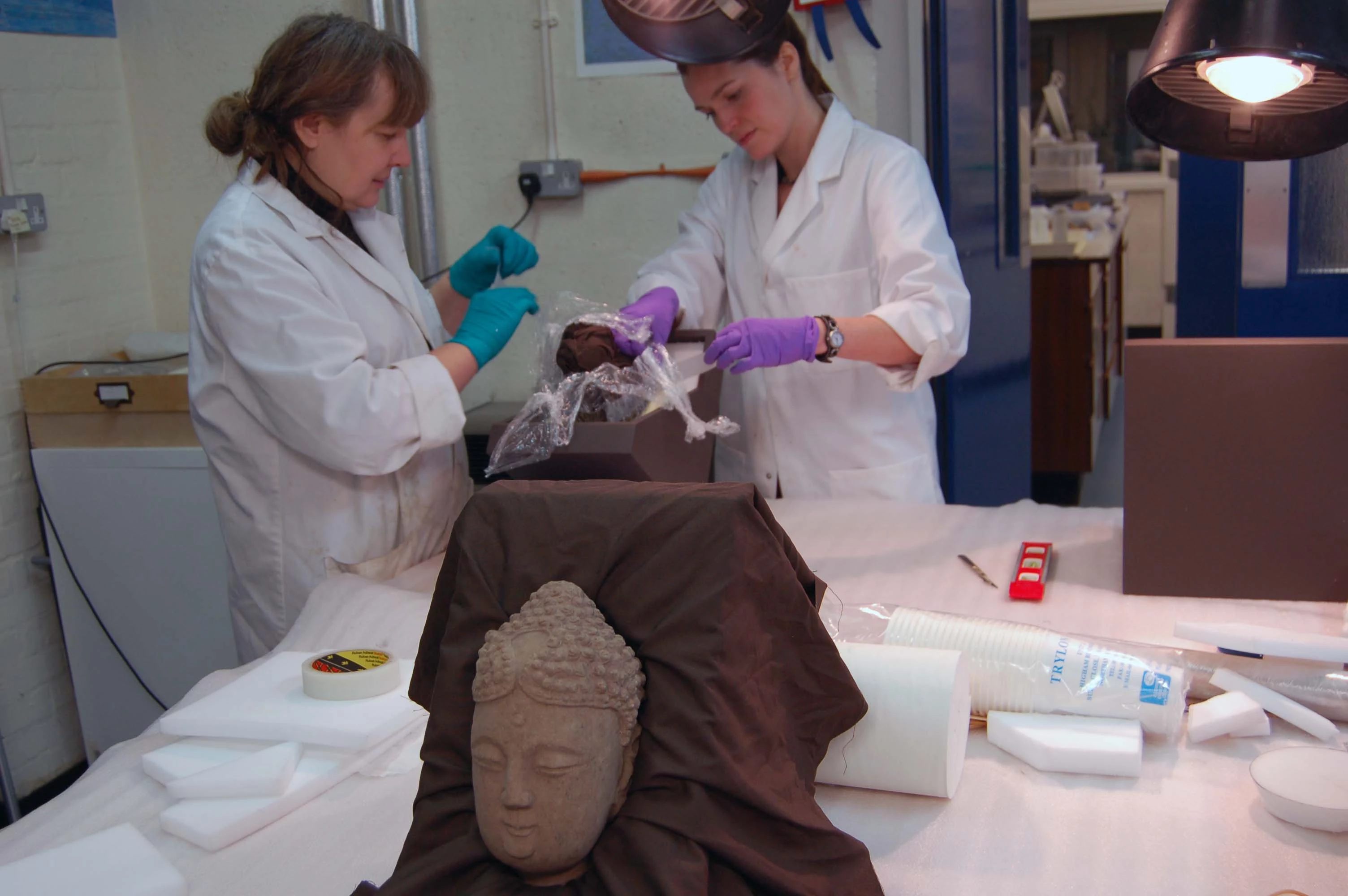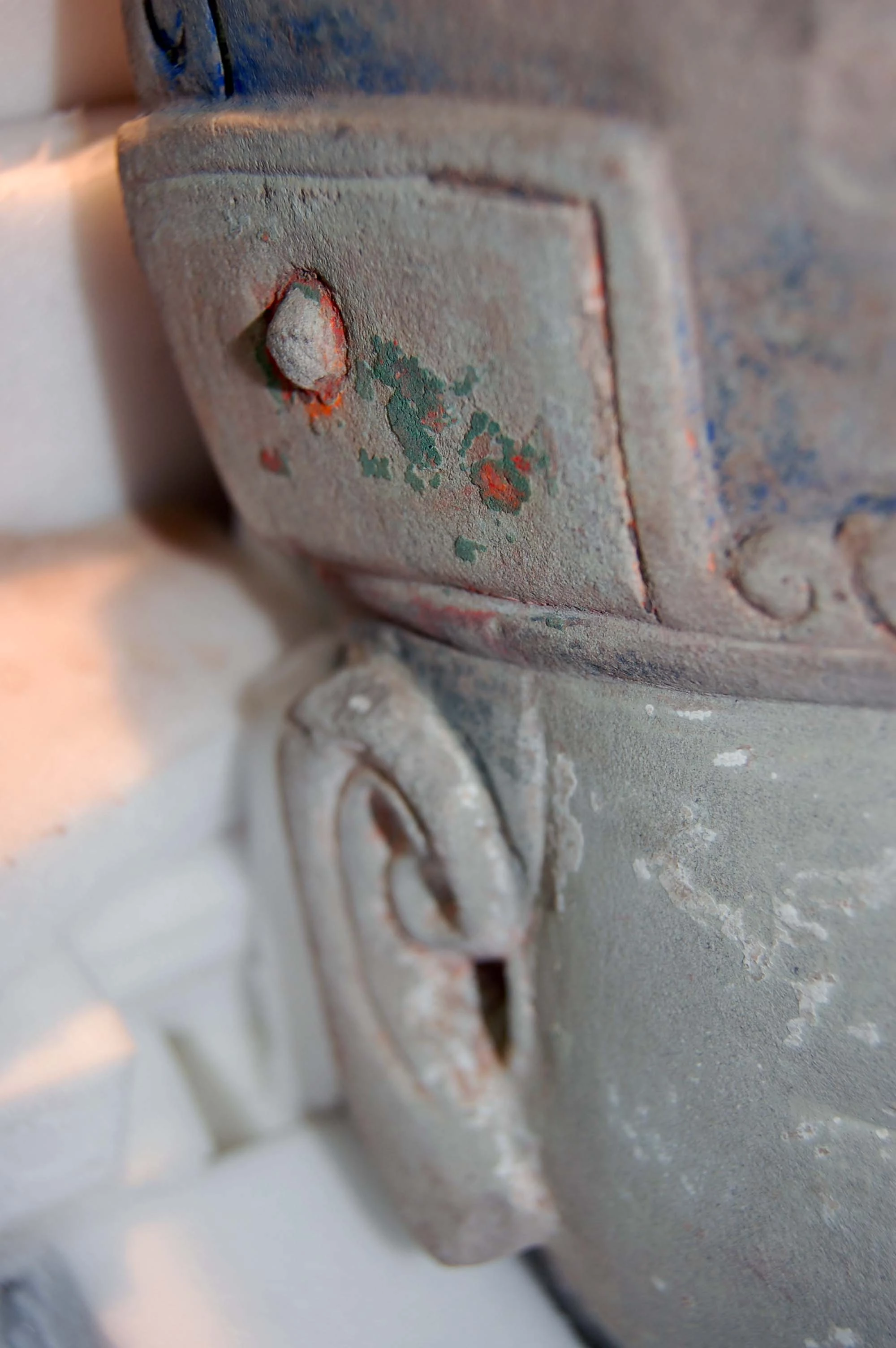Dazu and confused: an exhausting but exhilarating journey to China
, 10 February 2011
Having secured the Dazu Exhibition to come to Wales - to venture west for the first time ever - the Museum sent me to China as a facilitator, a friendly face, to meet and greet its people and report back on the full logistics required for transporting these holy artefacts all the way to Cardiff.
This is a diary of memories from the trip:
The further you travel, the less you know. That line, from Tao teaching, is calling to lay rest my preconceptions.
I reach Dazu late in the evening and after nearly a full day of travelling, cocooned in one small seat after another, happy to have finally finished the journey. My hosts are excited by my presence and have kindly prepared a welcoming dinner. The food arrives as colourful exotic platters, artful dishes with precise garnishes.
Plate after plate upon a lazy Susan, a magic roundabout of smells and flavours so unfamiliar I feel the need for reckless abandonment. I am coached through each course in descriptive detail. Silk worms, pigs gums and the tail of something! Respectfully I enjoy being the entertainment, the toast of this banquet of curiosities.
The next day and I’m standing at the foot of the mountain, my leather soles on ancient well trodden steps. The summit is hidden by dense foliage and cloaked in a playful mist.
Beishan represents the pinnacle of Chinese rock carvings, familiar images from text books are now images of breathtaking artistic, spiritual realization. These exquisite statues project their majesty from 10 meter high walls in commanding elegance, as another niche reveals graceful scenes in rust coloured sandstone magnificence. Truly a day to remember!
Next morning and it’s time to meet the local media. The smell of a thimble size glass of white spirit liquor goes someway in preparing me for the consumption. I know I have to knock it back. Today I’m the toast of the town, and everyone wants a piece of me.
I start with filming for Chongqing T.V and also make the front page of Dazu's local newspaper. I'm feeling the love. It's difficult to recall the interviews, an almost surreal experience of transcendental fragmented English prose, offered in a wide-eyed excitable manner. I must have said the right things - forged a relationship - as an orderly queue waits to raise another glass of white heat to my lips!
Alas, it’s my last night in China. I’m gazing upon the towering skyline of Chongqing with its ever suppressive fog cast neon rainbows across the Yangzi river. Leaving the busy streets behind, the smell of frying tofu and soot, I watch the city unfold from a packed pleasure cruiser.
The huge creative and commercial upheavals that China is undergoing tell of a transition from hard line politics to economic pragmatism. China and the world have much to gain from Chinese openness. I will leave with a fondness for the country and its people.
Lee Jones, Senior Technician, National Museum Cardiff
Respect the world as your self
The world can be your lodging
Love the world as your self
The world can be your trust.
See more Dazu images on Flickr, keep up to date with Dazu on Facebook and follow us on Twitter @museum_cardiff #dazuwales
